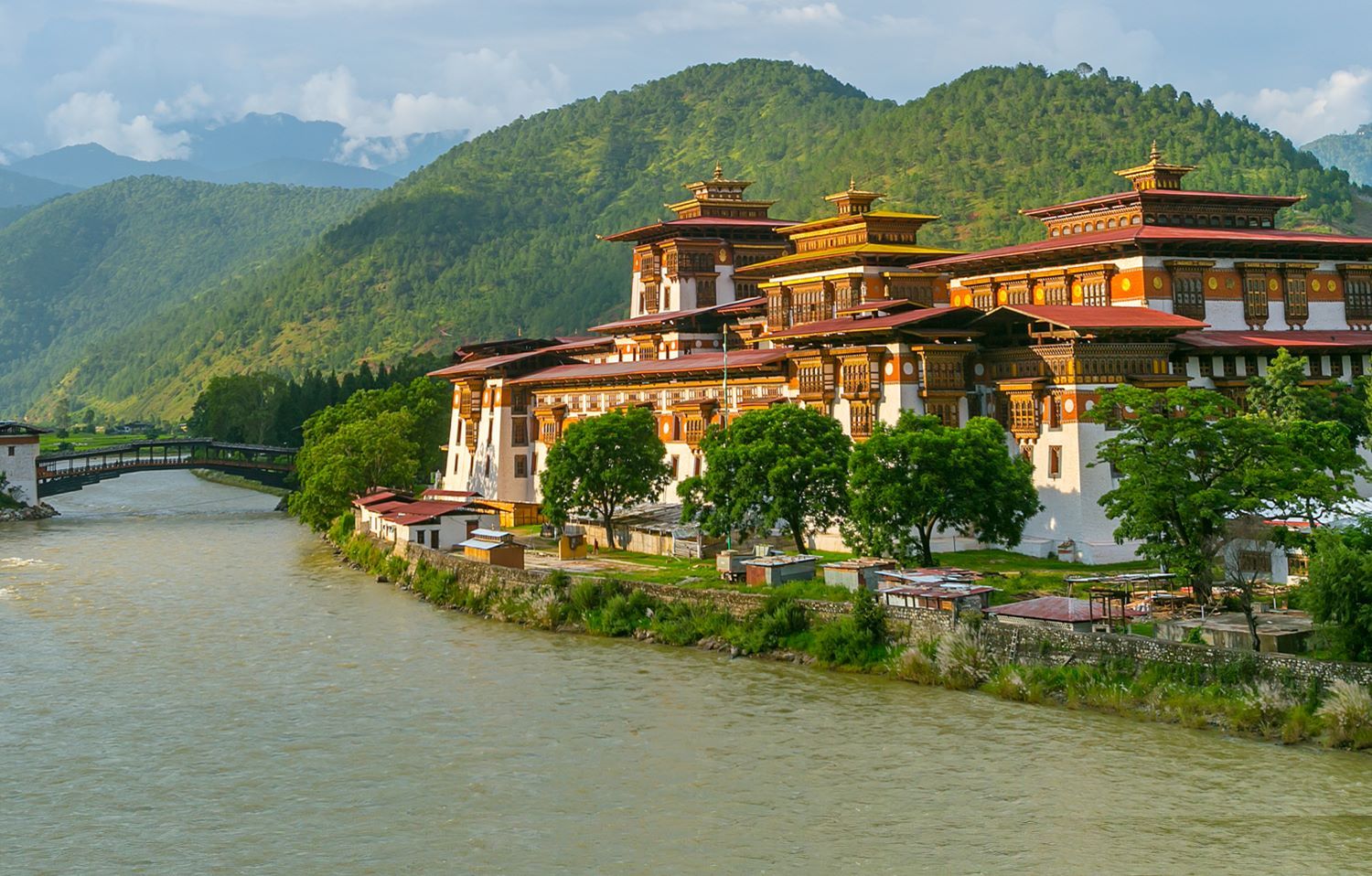Travelling to India, Nepal and Bhutan opens up a whole new world of exploration and divinity, as these countries still abide by their rich heritage and ancient cultural traditions which are being carried forward down the ages and still in practice.
A trip to Bhutan would be incomplete without a visit to Punakha, its former capital, and the current administrative centre. Only an over 3- hour scenic drive from Thimphu, the current capital, it is situated at the most fertile red rice-cultivating valley of Punakha-Wangdue region. On the way, you cross the Dochula Pass at an altitude of 3150 m, and the breathtaking panoramic views amply make up for the chilly environs. At the confluence of Bhutan’s main rivers Mo Chu and Pho Chu, stands the imposing Punakha Dzong and Pungthang Dewachen Phodrang (Palace of Great Happiness): a visit to which is an essential part of all the best holiday packages of Bhutan. Built in 1637, it is here that the country’s most sacred relics...
Travelling to India, Nepal and Bhutan opens up a whole new world of exploration and divinity, as these countries still abide by their rich heritage and ancient cultural traditions which are being carried forward down the ages and still in practice.
A trip to Bhutan would be incomplete without a visit to Punakha, its former capital, and the current administrative centre. Only an over 3- hour scenic drive from Thimphu, the current capital, it is situated at the most fertile red rice-cultivating valley of Punakha-Wangdue region. On the way, you cross the Dochula Pass at an altitude of 3150 m, and the breathtaking panoramic views amply make up for the chilly environs. At the confluence of Bhutan’s main rivers Mo Chu and Pho Chu, stands the imposing Punakha Dzong and Pungthang Dewachen Phodrang (Palace of Great Happiness): a visit to which is an essential part of all the best holiday packages of Bhutan. Built in 1637, it is here that the country’s most sacred relics are housed, along with the remains of Zhabdrung Ngawang Namgyal, the unifier of Bhutan. It is a site for significant royal weddings and coronations of the kingdom. The monastery within the Dzong (fortress) houses the monastic head who moves here during winters. Punakha enjoys a hot summer with plenty of rain from June-September, and cool climes during the winters. The Punakha Tsechu (festival) held here is a colour riot of traditional costumes. Dancers in masks sway vigorously to the beat of gigantic cymbals and horns. Spectacular holy Thongdrols (thangkas or sacred traditional silk scroll paintings) depicting scenes from the life of Padmasambhava or Guru Rinpoche (the founder of Tantric Buddhism) are displayed. Devotees dressed in traditional silk attire throng to this vibrant extravaganza in multitudes, and rejoice in the spirit of community revelry.
Another amazing structure to see here is the wooden cantilever bridge dating back to the 17th century, suspended over the Mo Chu River, swathed with colourful prayer flags fluttering gently in the breeze, sending out a prayer to the Universe with each flutter.
Read Less



